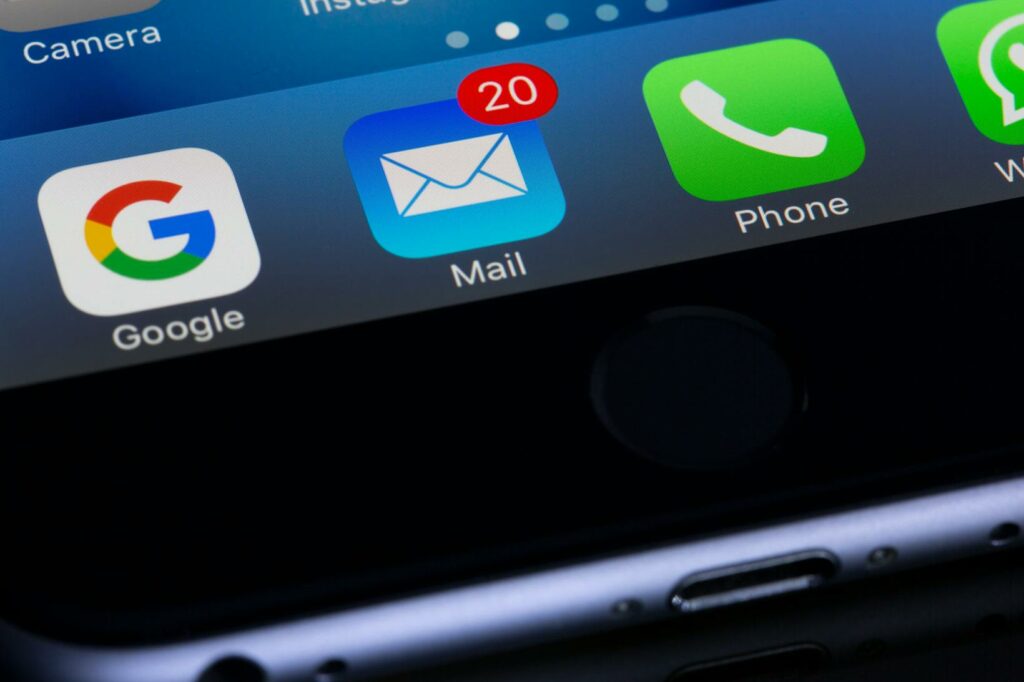Crafting the perfect subject line for a request for help email can make all the difference in whether your message gets opened or ignored. In today’s fast-paced digital world, inboxes are flooded with countless emails, making it crucial to stand out. A compelling subject line not only grabs attention but also sets the tone for the assistance you’re seeking.
Understanding the elements that make an email subject effective is key. It’s not just about being polite—it’s about being clear, concise, and direct. By mastering these elements, you can increase the likelihood of getting the help you need promptly and efficiently.
Why Email Subject Lines Matter

Email subject lines are the first impression an email makes. Studies by Convince & Convert show that 33% of email recipients open emails based solely on the subject line. Engaging subject lines increases the likelihood of the email being read and addressed promptly. In a busy inbox, a well-crafted subject line stands out, catching attention amidst numerous other emails.
Clear, direct subject lines convey urgency and purpose. For instance, “Urgent: Assistance Required for Project Deadline” specifies the need for immediate help and the context. This prevents misinterpretation and ensures the recipient understands the importance.
Short subject lines perform better according to Mailchimp, which found that emails with subject lines under 50 characters have higher open rates. Brevity ensures that the subject line is visible across various devices and platforms.
Personalization in subject lines also boosts open rates. Including names or references, such as “John, Need Help with Q3 Report?”, can make the email feel more relevant to the recipient, increasing the chances of a response.
Overall, effective email subject lines are vital in ensuring that requests for help are seen, understood, and acted upon without delay.
Request For Help Email Subject
A strong request for help email subject maximizes the chances of your email being opened and read. Here are key elements to include:
An email subject line must clearly reflect the content of the email. Avoid ambiguous or generic terms which can lead to misunderstandings and a lower open rate. For example: “Need Assistance with Project X” explicitly conveys the email’s focus.

Ensure the subject clearly relates to the recipient’s interests or responsibilities. A relevant subject line helps the recipient identify the importance of the email quickly. For example: “Software Bug Affecting Your Department” directly addresses the reader’s area of concern.
Urgent matters require immediate attention. Use words that communicate the need for a quick response. For instance: “Immediate: Server Down Issue” signals a critical problem that can’t wait.
Including the recipient’s name or specific details makes the email feel tailored and increases engagement. Personalized subject lines can achieve higher open rates. For example: “John, Quick Question About Your Presentation” addresses the reader directly, enhancing the personal touch.
Best Practices for Crafting Request for Help Email Subjects
Crafting an effective request for help email subject boosts open rates and ensures the message gets the attention it deserves. Implementing best practices guarantees the subject line makes a strong first impression.

Short subjects, under 50 characters, are more visible across devices. Concise lines ensure immediate recognition of the email’s purpose. For example, “Need Assistance with Project Deadline” clearly indicates the email’s intent without unnecessary words.
Actionable terms in subject lines prompt recipients to act. Phrases like “Urgent: Review Needed Today” or “Immediate Help Required for Issue” encourage swift attention. Engaging verbs provide clarity on the necessary action.
Certain words and symbols can trigger spam filters, reducing email visibility. Words like “urgent” in all caps, excessive exclamation marks, and deceptive phrases can cause emails to land in spam folders. Instead, maintain a neutral tone and avoid overuse of attention-grabbing symbols.
Crafting an effective request for help email subject line is vital in today’s digital age. Clear, concise, and direct subject lines significantly enhance the chances of your email being opened and acted upon. By incorporating elements like clarity, relevance, urgency, and personalization, you can create compelling subject lines that drive engagement. Avoid common pitfalls such as vague language and overly casual tones, and leverage tools and resources to refine your approach. With these strategies, your email requests are more likely to receive the timely assistance they need.

